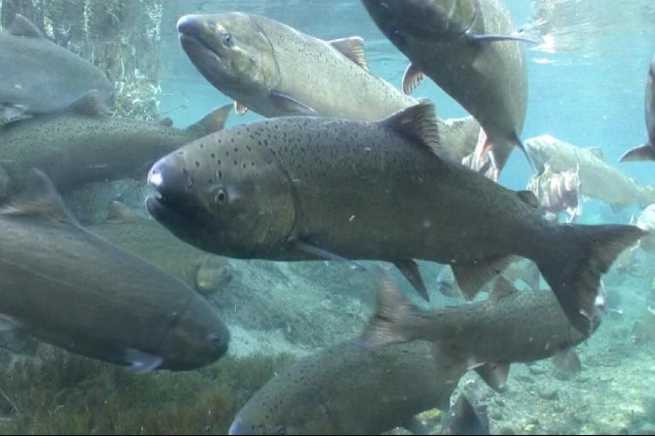Federal fisheries managers have approved a 15 percent reduction in the tons of halibut that may be caught incidentally in groundfish fisheries in the Gulf of Alaska, in a plan expected to reduce the waste by some 300 metric tons annually.
The action by the North Pacific Fishery Management Council, on June 8 in Kodiak, calls for bycatch reduction to be phased in, with a 7 percent reduction in 2014, another 5 percent reduction in 2015 and a third reduction of 3 percent in 2016.
The council vote came after two days of testimony by several dozen people involved in the fisheries industry. The majority of those testifying favored at least a 15 percent reduction in the catch of millions of pounds of halibut caught in prohibited species bycatch during groundfish fisheries in the Gulf of Alaska.
In its final motion, the NPFMC approved a 15 percent reduction in bycatch by trawl gear, and hook and line gear in the catcher vessel fleet, plus a 7 percent reduction in bycatch for the freezer-longliner catcher processor boats.
Halibut, a popular white fish once in abundance in Alaska waters, has been in serious decline over the past few years, prompting the International Pacific Halibut Commission to institute drastic reductions in harvest limits, particularly for the commercial setline fleet. Yet no significant efforts have been approved since the late 1980s to reduce the millions of pounds of halibut annually caught incidentally to Gulf of Alaska groundfish fisheries.
Commercial, sport and subsistence harvesters of halibut statewide have rallied to get what they are calling a first step in reducing the massive waste of halibut.
Supporters of reduced halibut bycatch had hoped the council would approve a 15 percent cut in a single year, but the council’s advisory panel instead recommended in a 12-9 vote to phase in the reduction over a three-year period.
The nine advisory panel members opposed to the plan called the proposed PSC reduction “allocative and responsive to political concerns, not scientifically based,” and said it “does nothing to address wastage in the directed halibut fishery.”
In other final action, the federal fish council adopted an alternative for rebuilding Pribilof Islands blue king crab stocks. Studies have determined that the current rebuilding plan was not achieving adequate progress to rebuild the stocks by 2014, in compliance with the Magnuson-Stevens Fishery Conservation and Management Act.
The alternative chosen closes the Pribilof Island Habitat Conservation Zone for vessels fishing for Pacific cod for pot gear. The directed blue king crab fishery has been closed since 1999, and action has already been taken to limit bycatch mortality in other crab and groundfish fisheries occurring near the Pribilof Islands.







